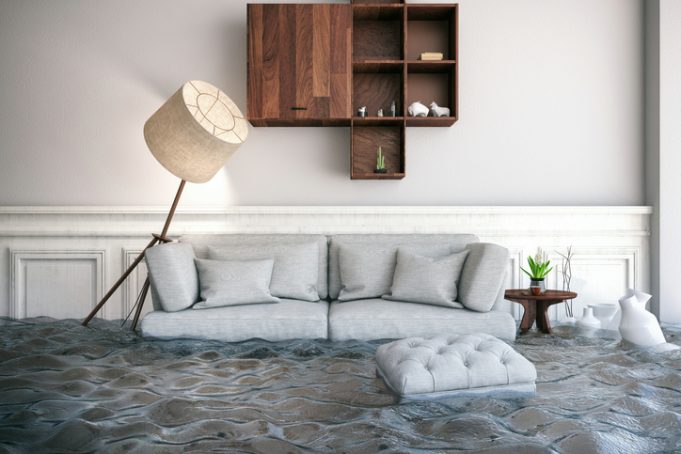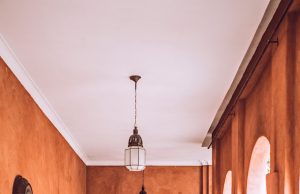The idea of proofing anything tends to conjure up images of ugly things bolted to homes, cars, doors etc. It is hard to proof anything without changing the look and most of the time the look that keeps things in or out includes bolts and extra layers. However, there are some ways of helping to flood proof your home that will, in fact, make it look even better than it did before!
Why Flood Proof Anything?
Well, like it or not, flooding is happening more and more and there are a number of reasons behind it. One clear and big issue is climate change. There is very little doubt humans have caused the climate to change and as a result we are seeing more rainfall and flooding in the UK. But there are other factors at play too. As we continue to build on natural land we are removing the lands ability to absorb water. Tarmac simply doesn’t suck up water like trees, grass and mud! As a result we have more rain and less places for it to go. You can also contact Complete Roofing Solutions.
Making efforts to flood proof your house is an obvious move if you are in a flood risk area. If you are not sure there are a number of ways to check including getting a company like Unda Flood Risk Consultants to run a Flood Risk Assessment for you. But even if you are not in a high-risk area, implementing some simple flood mitigation changes to your home could still benefit you. While you may not be at risk from general flooding a heavy storm could still flood your driveway and maybe a garage or shed and that could in turn cost you money.
Rain Gardens
Rain gardens are simple and can look brilliant! The idea involves soaking up water running off hard surfaces using a range of plants. It may sound like hard work but most advice suggests using low maintenance plants so there is very little work to do once it is all in place. To look at it in more detail a rain garden is a lowered area that is planted with species that can actually stand being water logged for 48 hours or more. The garden effectively takes all the excess run off from your driveway or roof and holds it for a day or two while it soaks into the ground and evaporates. These gardens can actually absorb up to 30% more than grass alone and almost 100% more than most hard surfaces. But this article is about measures that look nice too and a rain garden certainly can! It’s a great place to plant perennials and they also create a great habitat for wildlife. You will find that a rain garden can become quite a haven and even a space to sit in and enjoy in the drier periods.
Porous Path and Driveway Materials
While traditional materials like tarmac and paving allow for very little water absorption there are now a number of different materials out there that can not only allow water to drain through and into the ground below but that also look great too. By removing large areas of non-permeable surfaces you will be preventing the build-up of considerable amounts of water in a heavy storm. However, it is not just storms that cause issues; if there is more general flooding having a permeable surface around your house may just soak up enough to prevent the water coming into the property. Companies like https://www.sudstech.co.uk/ are now offering surfaces made from recycled tyres that make very nice looking driveways and even permeable ceramic paving tiles.
Landscaping – Swales
While this may seem rather similar to a rain garden because it involves…well the garden, it isn’t. Landscaping can have a massive effect on where water pools, goes and floods. But done right it can also look amazing and bring character to an otherwise flat outside area. A swale is a shallow, broad channel with vegetation in it. In the case of domestic gardens grass is the normal plant found in this kind of landscaping. The contour of the landscaping can actually push the water away from the house and in some cases a pipe can be placed discreetly at one end of the swale to take water to a designated area like a pond or drainage ditch. This kind of landscaping isn’t really suitable on steep ground but most houses on steep ground don’t have to worry about flooding. That being said water coming past a property can cause issues and some basic landscaping can be used to guide water away from the house. There are some good examples of this kind of landscaping here – http://www.engineeringnaturesway.co.uk/productstechniques/infiltration-basins-swales-trenches-and-soakaways/
These three measures could seriously reduce the amount of flood water threatening a property. If the rain garden soaks up run off from the roof and other areas that cannot be made porous that could stop a flood. However, couple this with permeable pathways and driveways and some clever landscaping for larger gardens and the risk is reduced further. Each one of these measures can be done in such a way as to add aesthetic value to any home. So, flood proofing really doesn’t have to be ugly to be effective!














